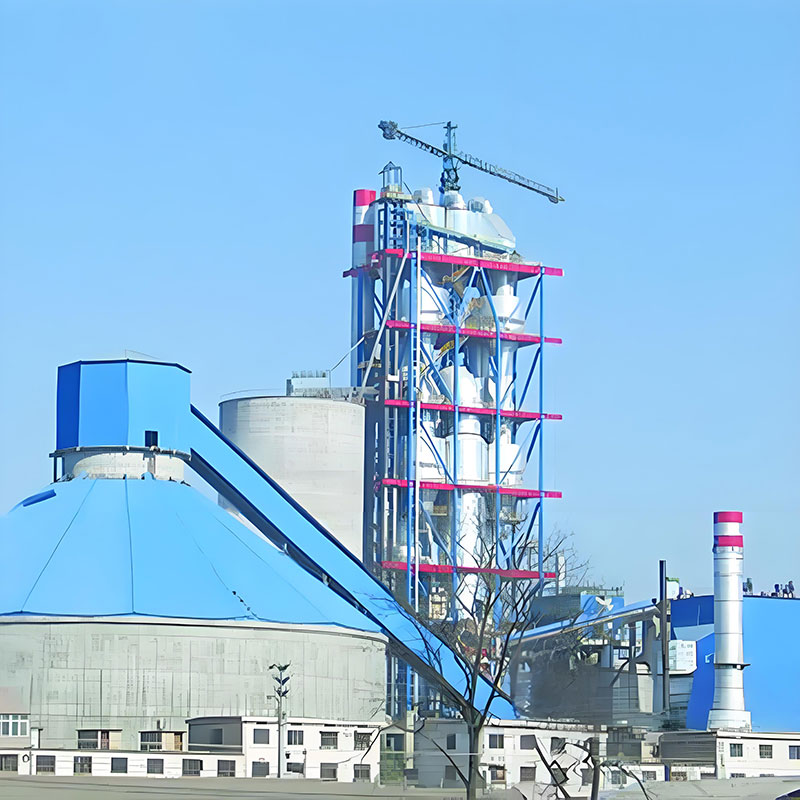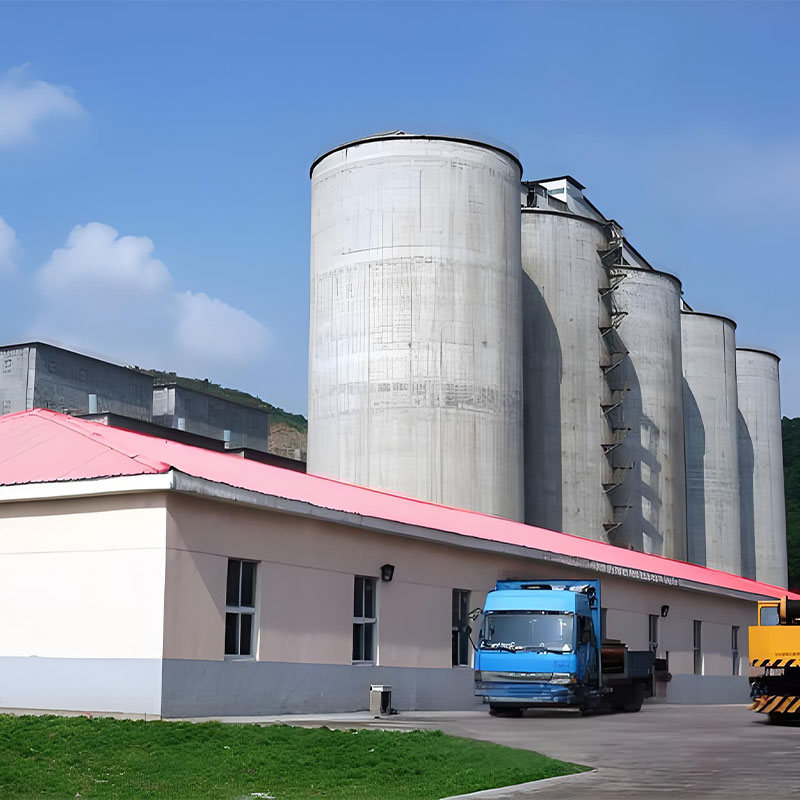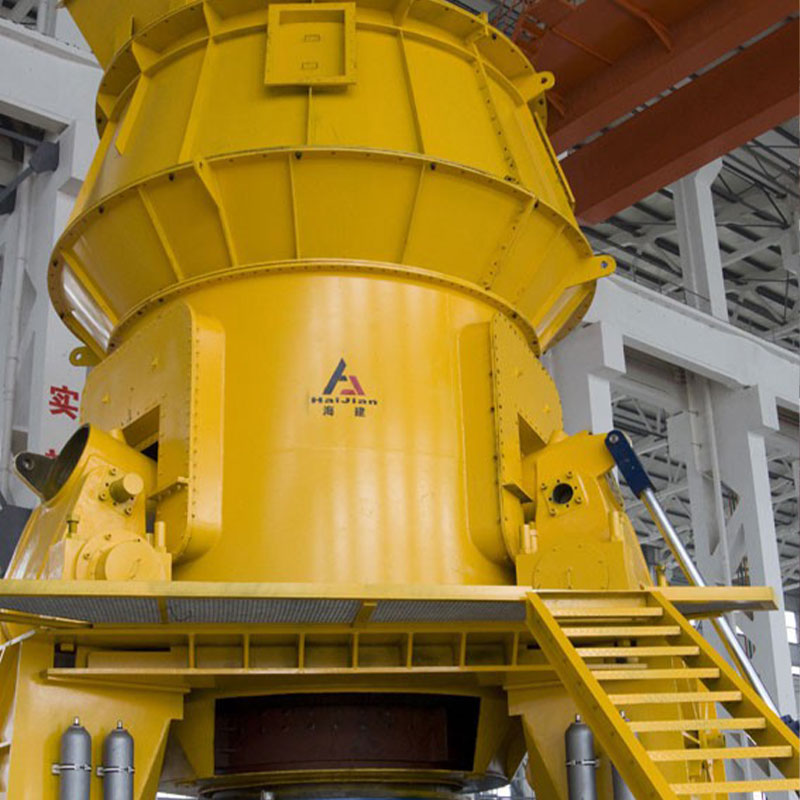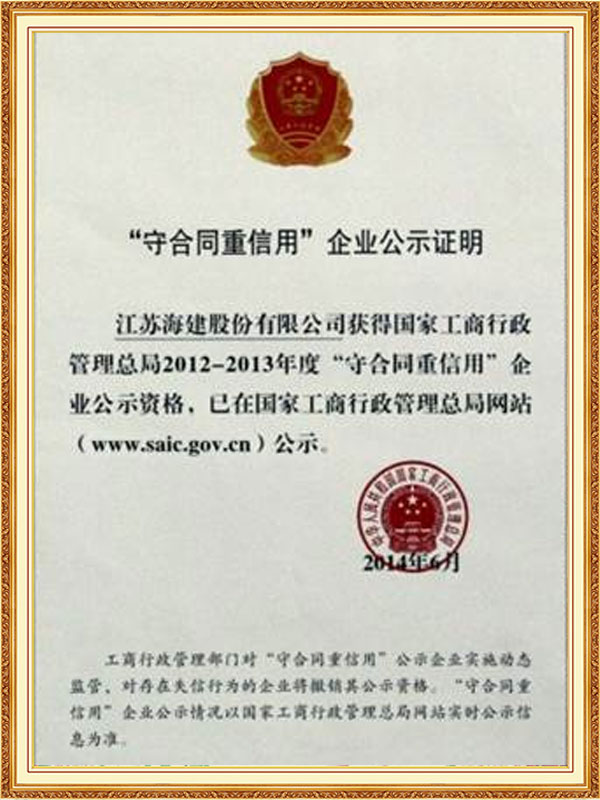Jiangsu Haijian Co., Ltd is a professional China Cement grinding station Manufacturers and Cement grinding station Company. We provide professional cement production equipment, industrial solid waste incineration equipment, and professional equipment for mining and metallurgical applications.We are a major manufacturing enterprise, a key backbone enterprise, and a primary export base for cement, power, environmental protection, and metallurgical and mining equipment in China. The company has the legal rights to independently manage the import and export of its products and is legally authorized to undertake general contracting for foreign projects.
-

Professionalism
-

Quality
-

One stop solution



News Center
News Updates
-
Admin 2025-12-09
Common Faults and Solutions of Cement Production Lines
A cement production line is a complex system encompassing multiple stages, including raw material crushing, mixing, calcining, cooling, and grinding. Each stage requires precise control and coordination, and any malfunction in any stage can affect the efficiency and product quality of the entire pro...Read More -
Admin 2025-12-02
How to Improve the Production Efficiency of a Cement Production Line?
The cement production line is a crucial link in cement manufacturing, encompassing the entire process from raw material mining to final product production and packaging. With the ever-increasing market demand for cement products, improving the production efficiency of cement production lines has bec...Read More -
Admin 2025-11-25
What factors affect the quality stability of a cement production line?
In today's increasingly competitive cement industry, the stability of cement quality has become a key factor for enterprises to survive in the market. For cement production lines, quality is not determined by a single link, but involves multiple factors such as raw materials, equipment, processes, o...Read More
Industry knowledge
As the final step in the cement manufacturing process, cement grinding plants undertake the crucial mission of transforming clinker and admixtures into finished cement. Jiangsu Haijian Co., Ltd. is a professional cement grinding plant manufacturer and company. We provide specialized cement production equipment, industrial solid waste incineration equipment, and specialized equipment for mining and metallurgy applications. Through refined grinding processes and scientifically controlled mix ratios, cement grinding plants produce cement products that meet various performance standards, directly impacting the quality and performance of cement.
The cement grinding process begins with raw material pretreatment. Clinker is pre-crushed to a particle size of ≤25mm in a hammer crusher before being precisely mixed with gypsum (3-5%), slag (up to 30%), fly ash, and other mixed materials in precise proportions before entering the batching system. Modern grinding plants primarily utilize two main grinding processes:
Ball mill system: A traditional closed-circuit grinding system equipped with a high-efficiency classifier (such as O-Sepa), with a circulating load controlled at 150-250%.
Roller press combined grinding system: Combining a roller press (pressure ≥ 200 MPa) with a ball mill, it offers excellent energy savings.
During the grinding process, the material undergoes multi-stage crushing and grinding, ultimately achieving a surface area of 3000-4000 cm²/g. The dynamic classifier precisely controls the fineness of the finished product by adjusting the rotor speed (adjustable range: 800-1500 rpm), maintaining a 45μm sieve residue of 12-16%. Particle shaping technology improves cement particle morphology by optimizing the grinding media gradation and grinding trajectory, increasing the circularity coefficient by 15-20%.
Key points for ensuring stable equipment operation:
Grinding mill liner: Measure wear monthly; replace if remaining thickness is less than 50%
Grinding media: Regularly replenish balls to maintain stable gradation
Powder separator rotor: Quarterly inspect blade wear
Lubrication system: Online oil quality monitoring, contamination level NAS ≤ 8


 English
English  русский
русский  Español
Español 
















